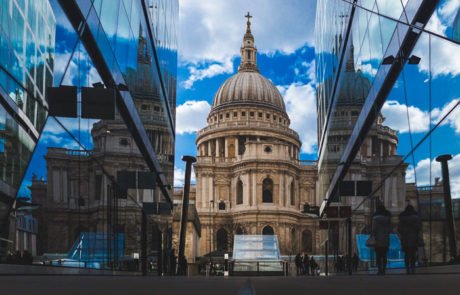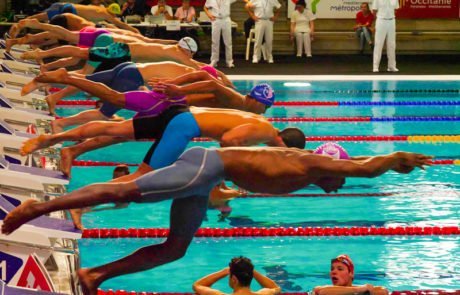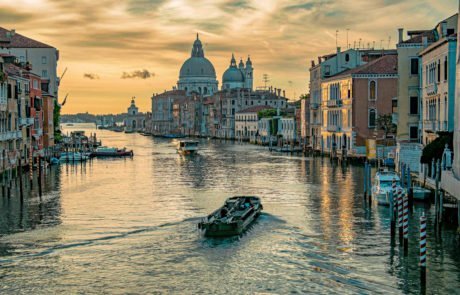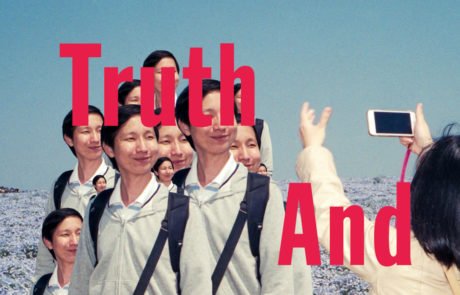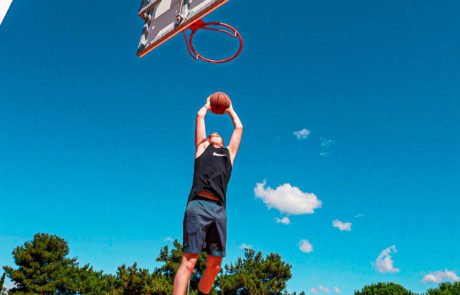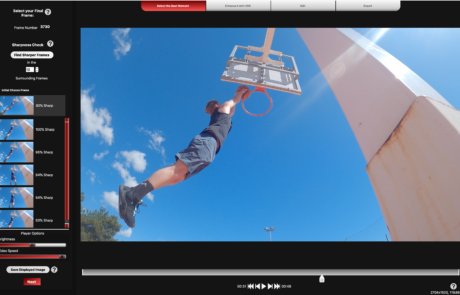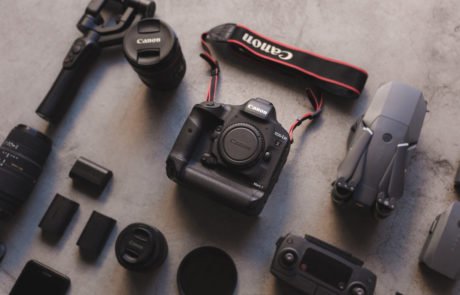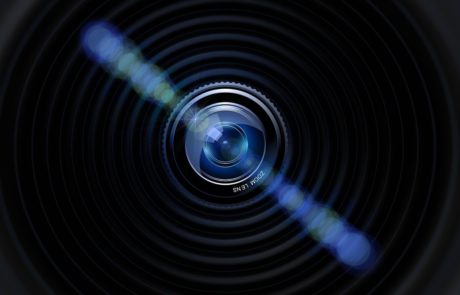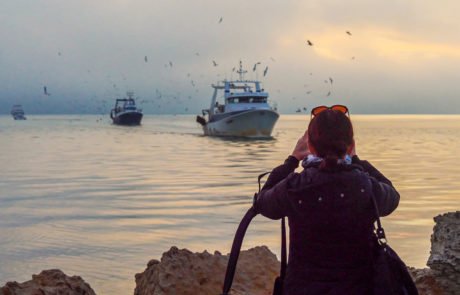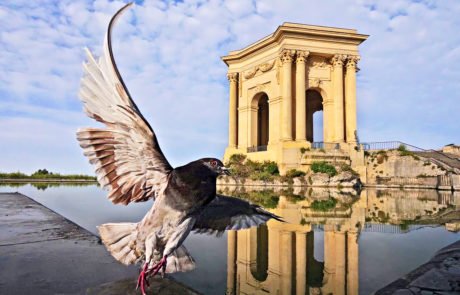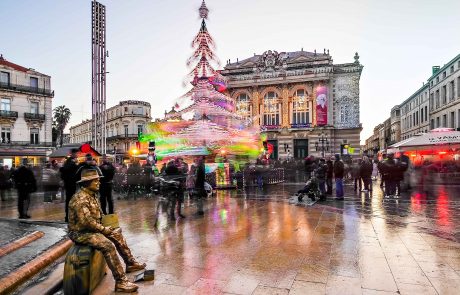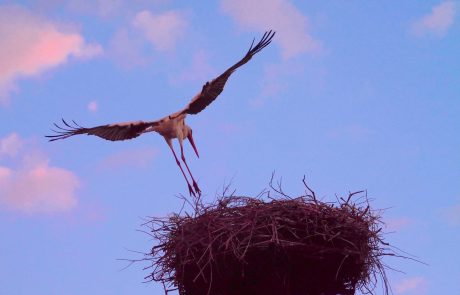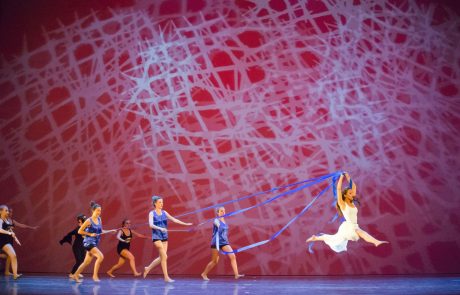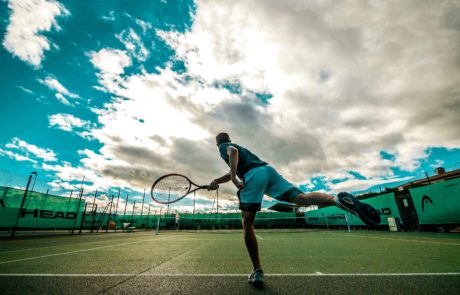Blog post — Tips and Tricks
March 2021
What is noise in photography and how can you reduce it?
Blog post — Tips and Tricks
March 2021
What is noise in photography and how can you reduce it?
Noise in photography can be confusing. Yet, it is crucial to understand what is noise and how to reduce it in order to maximize the quality of your images.
Noise in photography can be confusing. Yet, it is crucial to understand what is noise and how to reduce it in order to maximize the quality of your images.
What is noise in photography?
Image noise can be defined as appearance of undesired traces and variations in the brightness or color of your image. These random imperfections make your image grainy, thus affecting its quality.
There are two types of noise: shot noise and digital noise. While shot noise is caused by random photons in the photographed scene, digital noise is due to your camera sensor. Although they come from different sources, both types of noise are very similar, and almost indistinguishable.


Difference in noise level. The left image is “noisy”: it is grainy and render imperfections.
What is noise in photography?
Image noise can be defined as appearance of undesired traces and variations in the brightness or color of your image. These random imperfections make your image grainy, thus affecting its quality.
There are two types of noise: shot noise and digital noise. While shot noise is caused by random photons in the photographed scene, digital noise is due to your camera sensor. Although they come from different sources, both types of noise are very similar, and almost indistinguishable.


Difference in noise level. The left image is “noisy”: it is grainy and render imperfections.
So, what causes noise?
Low-light situations impact your signal-to-noise ratio, thus introducing noise in your image. The signal here refers to the actual information, data that you will be capturing. In order to get the best image quality, the idea is to capture enough signal in order to overpower the backdrop of noise. To compensate for low lighting, photographers may use high ISO setting, a longer shutter speed or setting a wider aperture.
So, what causes noise?
Low-light situations impact your signal-to-noise ratio, thus introducing noise in your image. The signal here refers to the actual information, data that you will be capturing. In order to get the best image quality, the idea is to capture enough signal in order to overpower the backdrop of noise. To compensate for low lighting, photographers may use high ISO setting, a longer shutter speed or setting a wider aperture.
High ISO
When shooting a scene, each pixel emits a signal when it meets with light. When shooting in low-light condition, pixels have little light fluctuation to report but are being amplified by high ISO settings. At high ISO the camera’s sensor becomes more responsive to light. The higher the ISO, the brighter the resulting shot. There is nevertheless a trade-off: by increasing the ISO, more noise will be added to the final image. It is important to note that ISO settings have no creative impact on your photography, unlike aperture and shutter speed.
High ISO
When shooting a scene, each pixel emits a signal when it meets with light. When shooting in low-light condition, pixels have little light fluctuation to report but are being amplified by high ISO settings. At high ISO the camera’s sensor becomes more responsive to light. The higher the ISO, the brighter the resulting shot. There is nevertheless a trade-off: by increasing the ISO, more noise will be added to the final image. It is important to note that ISO settings have no creative impact on your photography, unlike aperture and shutter speed.
Aperture and slow shutter speeds
Think of the aperture of your camera as the pupils of your eyes. Pupils adjust to the amount of light. They open up in low light environments and dilate in dark environments to let in more light. While ISO determines how fast light reaches your camera’s sensor, the aperture determines how much light it lets in. A smaller aperture allows less light in but increases the depth of field. A wider aperture lets more light into your camera but decreases the depth of field. That can cause your image to be out of focus.
Another determinant factor is your shutter speed, that is to say how long your sensor is exposed. A longer exposure time, e.g a slow shutter speed, will allow more light in. Shutter speed can compensate for images that appear too bright or too dark at the aperture you set. However, if you are shooting using slow shutter speed, it is essential to keep your camera still or to use a tripod in order to get crisp and sharp images. Otherwise, any sort of movement in your scene will result in ghosting effects, or blurry images.
To put it in a nutshell, finding the right balance between your ISO, aperture and shutter speed can be tricky. Plus, you might not even have time to set those variables correctly if you are about to capture a fleeting moment. But don’t worry, we have your back!
Aperture and slow shutter speeds
Think of the aperture of your camera as the pupils of your eyes. Pupils adjust to the amount of light. They open up in low light environments and dilate in dark environments to let in more light. While ISO determines how fast light reaches your camera’s sensor, the aperture determines how much light it lets in. A smaller aperture allows less light in but increases the depth of field. A wider aperture lets more light into your camera but decreases the depth of field. That can cause your image to be out of focus.
Another determinant factor is your shutter speed, that is to say how long your sensor is exposed. A longer exposure time, e.g a slow shutter speed, will allow more light in. Shutter speed can compensate for images that appear too bright or too dark at the aperture you set. However, if you are shooting using slow shutter speed, it is essential to keep your camera still or to use a tripod in order to get crisp and sharp images. Otherwise, any sort of movement in your scene will result in ghosting effects, or blurry images.
To put it in a nutshell, finding the right balance between your ISO, aperture and shutter speed can be tricky. Plus, you might not even have time to set those variables correctly if you are about to capture a fleeting moment. But don’t worry, we have your back!
HDRinstant: noise reduction made easy
HDRinstant lets you overcome traditional constraints.
What does it work? Well, it’s very simple:
- You film your scene
- You select the best moment of your video
- HDRinstant processes that frame and does its magic!
- Your photo is enhanced and the noise present on the original frame dramatically reduced. Based on a stacking technology, that piece of software uses multiple frames of your video sequence to fine-tune the details of very dark or bright areas, thus increasing the Signal-to-Noise Ratio.
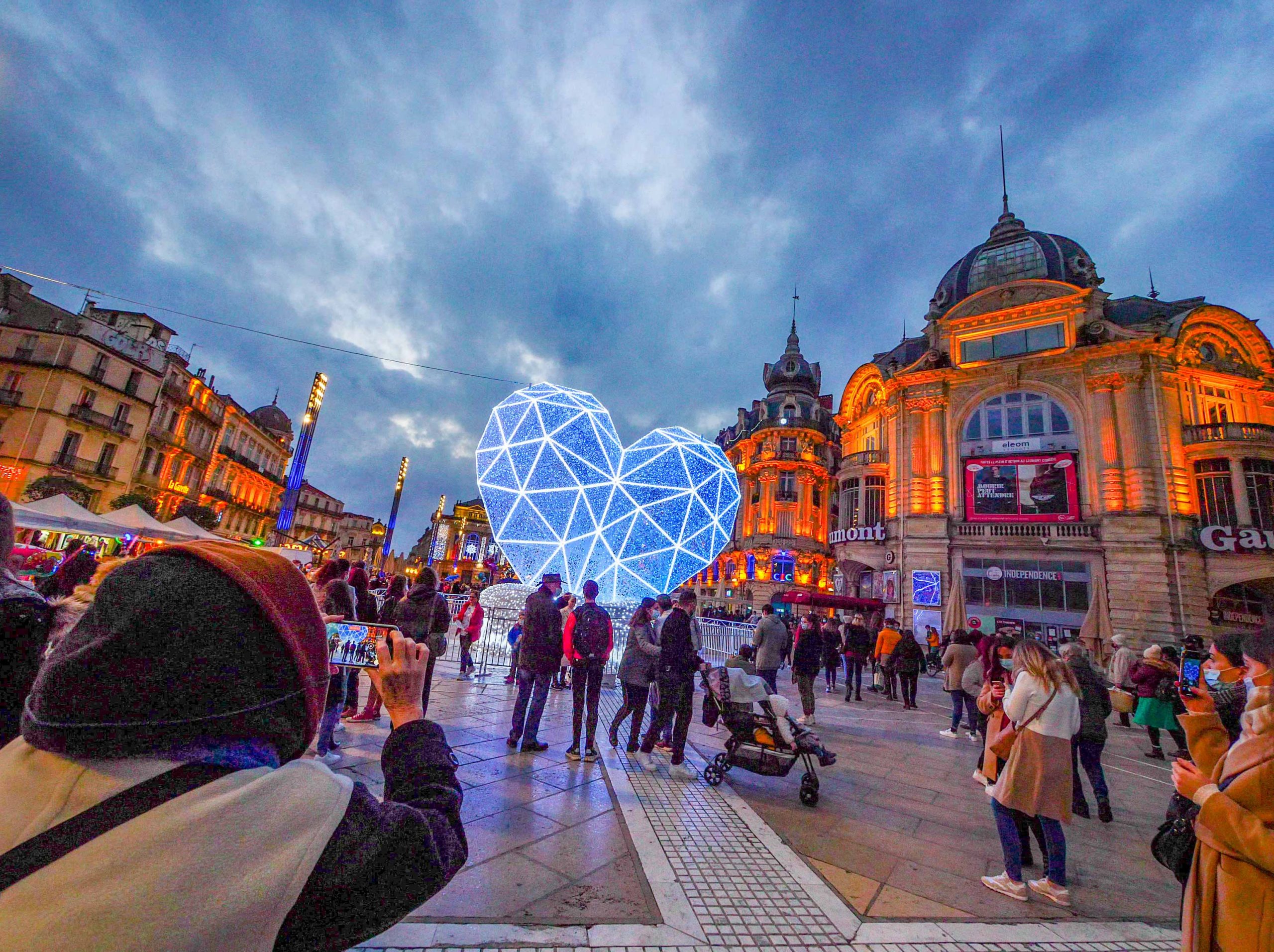
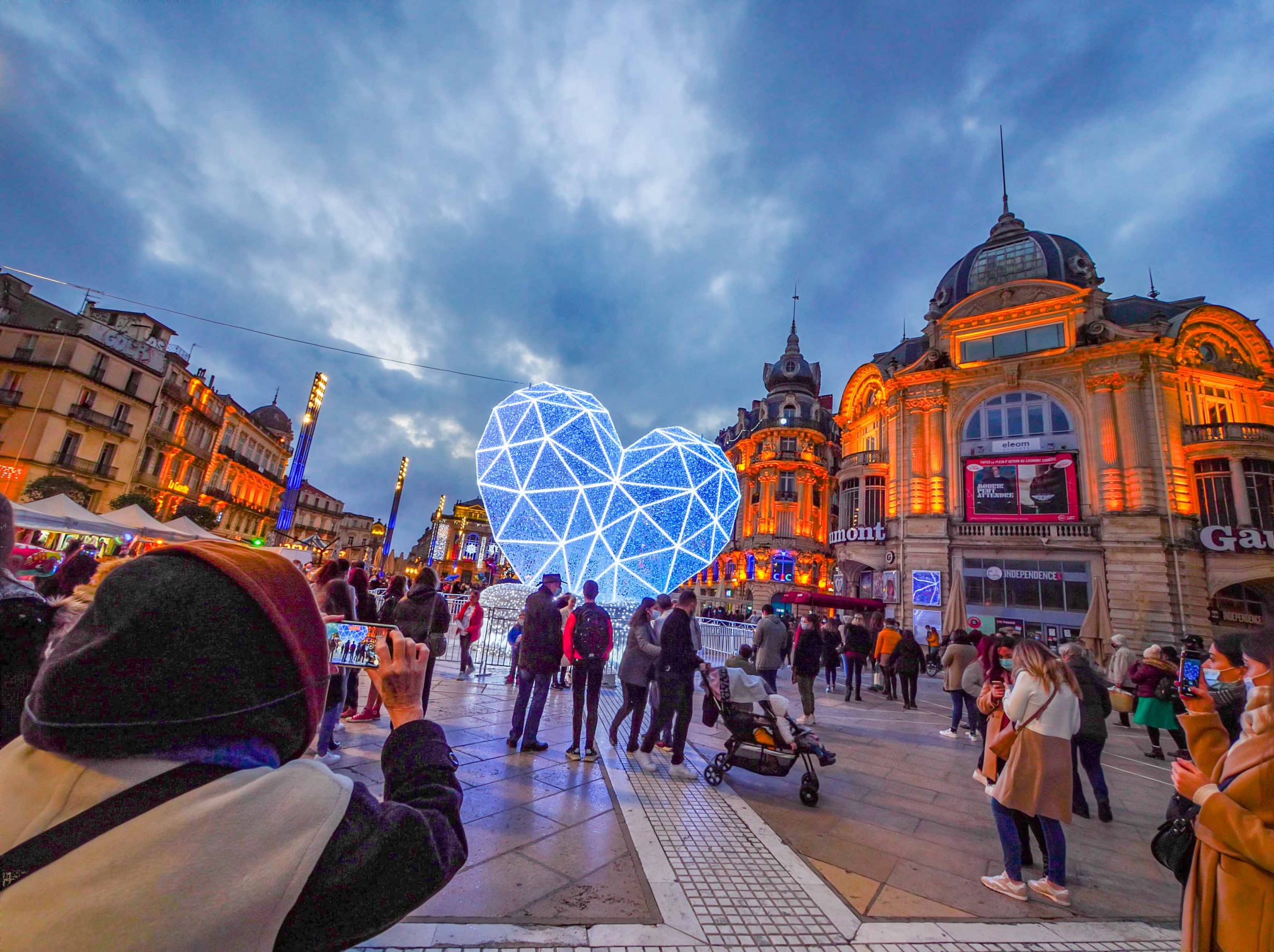
You want to give it a try? Test drive our free trial for free!
HDRinstant: noise reduction made easy
HDRinstant lets you overcome traditional constraints.
What does it work? Well, it’s very simple:
- You film your scene
- You select the best moment of your video
- HDRinstant processes that frame and does its magic!
- Your photo is enhanced and the noise present on the original frame dramatically reduced. Based on a stacking technology, that piece of software uses multiple frames of your video sequence to fine-tune the details of very dark or bright areas, thus increasing the Signal-to-Noise Ratio.


You want to give it a try? Test drive our free trial for free!
Browse our Blog

